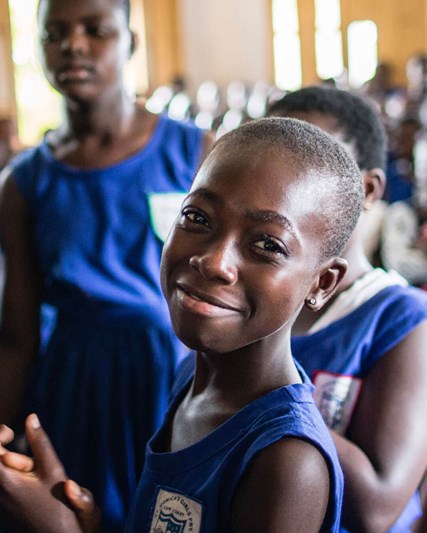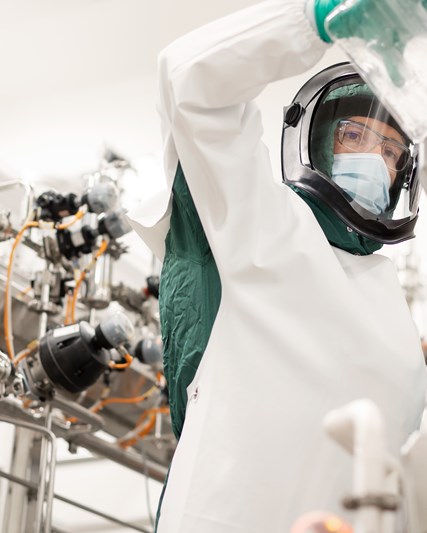
Find out about our clinical trials process
Diseases and medicines can affect people differently depending on their race, ethnicity, sex or age. It’s therefore vital that we represent the real-world disease population in our clinical trials to advance our understanding of new vaccines and medicines, to create better health outcomes for the patients who rely on us.
Clinical trials are governed by strict regulation. Throughout each trial the proceedings are monitored by government authorities as well as GSK’s own Global Safety Board (GSB).
A clinical development plan usually consists in three phases. Occasionally a fourth phase might be necessary if:
- we think the medicine can be improved;
- we need to provide answers to questions from the regulatory authorities.
Monitoring medicines after launch
Monitoring is overseen by our Global Safety Board (GSB), which is chaired by our Chief Medical Officer and made up of senior physicians and scientists, as well as by the health authorities who approved the launch of the product.
Part of its remit is to review the information on the safety of our products as reports come in from patients and prescribers on the use of the medicines.
All the Board's decisions are guided by the need to ensure that the benefits of our medicines and vaccines always outweigh any risks. We continue to monitor patients' responses to our medicines through reports and regulator reporting systems. We follow this information to understand fully a new medicine's effectiveness. We also look for any adverse effects that may only become apparent as more patients use a treatment.
Report adverse event
For Belgium
Please report adverse events to the Belgian Centre for Pharmacovigilance for medicines for Human use (BCPH) of the Federal Agency for Medicines and Health Products (FAMHP) by following the procedure described on the website http://www.fagg-afmps.be or to GlaxoSmithKline Pharmaceuticals s.a./n.v. at the number +32 (0)10 85 85 00.
For Luxembourg
Please report adverse events to Ministère de la Santé du Grand-Duché de Luxembourg (Division de la Pharmacie et des Médicaments at fax number +35 (0)2 24795615 or by post) or to Centre Régional de Pharmacovigilance de Lorraine (fax number +33 (0)3 83 32 33 44 or crpv@chu-nancy.fr) or to GlaxoSmithKline Pharmaceuticals s.a./n.v. at number +32 (0)10 85 85 00.



